Home>Gardening & Outdoor>Outdoor Structures>How Much Concrete Do I Need For A Shed Base
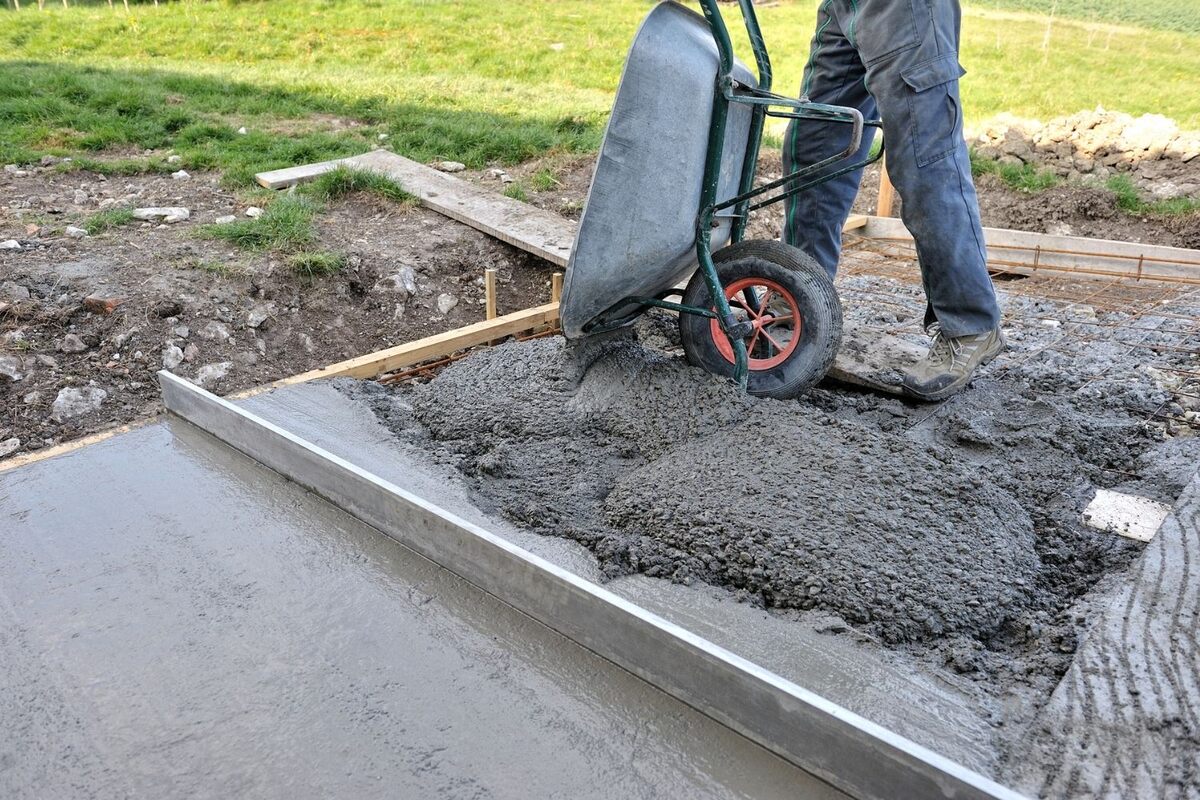

Outdoor Structures
How Much Concrete Do I Need For A Shed Base
Modified: February 27, 2024
Find out the exact amount of concrete needed for your shed base and ensure a sturdy foundation for your outdoor structures. Discover the right calculation for your project.
(Many of the links in this article redirect to a specific reviewed product. Your purchase of these products through affiliate links helps to generate commission for Storables.com, at no extra cost. Learn more)
Introduction
So, you've decided to add a shed to your property. Congratulations! A shed can serve as a valuable storage space for tools, equipment, and seasonal items, helping to declutter your home and yard. However, before you can start assembling your shed, you need to lay a solid foundation, and that means pouring concrete for the base.
Calculating the amount of concrete needed for a shed base may seem like a daunting task, but fear not! In this guide, we'll walk you through the factors to consider when determining the concrete quantity, as well as the recommended thickness for the base. By the end of this article, you'll have a clear understanding of how much concrete you need for your shed base, empowering you to tackle this project with confidence.
Let's dive into the essential factors to consider when planning the concrete foundation for your shed.
Key Takeaways:
- Calculate the amount of concrete needed for your shed base by considering shed size, soil type, climate, local building codes, and intended use. Use a simple formula to determine the volume required.
- For a durable shed base, follow recommended concrete thickness guidelines, starting at 4 inches for standard sheds. Adjust thickness based on shed size, load, and environmental factors for added resilience.
Read more: How Much Concrete Do I Need For A Patio
Factors to Consider
Before diving into the specifics of how much concrete you'll need for your shed base, it's crucial to consider several key factors that can influence the quantity of concrete required. By taking these factors into account, you can ensure that your shed foundation will be robust and durable.
- Shed Size: The dimensions of your shed play a significant role in determining the amount of concrete needed for the base. Larger sheds require more substantial foundations to support their weight and maintain stability.
- Soil Type: Assess the soil composition at your building site. Soil with poor drainage or a high clay content may necessitate a thicker concrete base to prevent settling and structural issues.
- Climate Conditions: Consider the climate in your area. Regions with frequent freeze-thaw cycles or high moisture levels may require thicker concrete to withstand the effects of weather and prevent cracking.
- Local Building Codes: Familiarize yourself with any local building codes or regulations that dictate the minimum thickness and specifications for shed foundations. Compliance with these guidelines is essential for a structurally sound and legally approved construction.
- Intended Use: Reflect on how you plan to use the shed. If it will house heavy equipment or machinery, or if it will serve as a workshop, a thicker concrete base may be necessary to support the weight and resist wear and tear.
By carefully considering these factors, you can make informed decisions regarding the concrete requirements for your shed base. Next, let’s explore the process of calculating the precise quantity of concrete needed for your specific project.
Calculating Concrete Quantity
Now that you’ve taken the essential factors into account, it’s time to calculate the quantity of concrete needed for your shed base. This process involves determining the volume of concrete required to create a solid and stable foundation. Here’s a straightforward method for calculating the concrete quantity:
- Measure the Shed Base: Begin by measuring the length and width of the area where the shed will be placed. Multiply these dimensions to determine the square footage of the base.
- Calculate the Depth: Decide on the thickness of the concrete base. A typical recommendation is a minimum of 4 inches, but for larger sheds or challenging soil conditions, a greater thickness may be necessary.
- Convert Measurements: Convert the depth of the base from inches to feet to ensure uniform units for the calculation.
- Use the Formula: The formula for calculating the volume of concrete needed is: Volume = Length x Width x Depth. Plug in the measurements to find the total volume required.
- Consider Overestimation: It’s prudent to account for slight overestimation to accommodate any irregularities in the ground or unexpected variations in the pouring process.
By following these steps, you can accurately determine the amount of concrete necessary to create a solid foundation for your shed. Once you have the concrete quantity calculated, the next consideration is the recommended thickness for the shed base.
Let’s delve into the significance of the concrete thickness and explore the recommended guidelines for achieving a durable and resilient foundation.
To calculate the amount of concrete needed for a shed base, multiply the length, width, and depth of the area to be filled with concrete. Then, divide the total by 27 to convert cubic feet to cubic yards.
Recommended Concrete Thickness
The thickness of the concrete base is a critical factor in ensuring the stability and longevity of your shed foundation. While the specific requirements may vary based on the shed’s size, soil conditions, and local building codes, there are general guidelines for recommended concrete thickness that can serve as a starting point for your project.
For most standard sheds, a minimum concrete thickness of 4 inches is commonly recommended. This thickness provides adequate support and durability for smaller to medium-sized sheds, particularly when the soil conditions are favorable and the shed will primarily store lightweight items.
However, for larger sheds or areas with challenging soil characteristics, increasing the concrete thickness to 6 inches or more may be prudent. This added thickness enhances the base’s load-bearing capacity, reduces the risk of settling or cracking, and provides a more robust foundation for heavier equipment or storage needs.
It’s important to note that local building codes and regulations may stipulate specific minimum thickness requirements for shed foundations. Always consult these guidelines to ensure compliance and to guarantee the structural integrity of your shed base.
Additionally, if your region experiences extreme weather conditions, such as frequent freeze-thaw cycles or significant moisture, consider increasing the concrete thickness to enhance the base’s resistance to environmental stressors. A thicker foundation can mitigate the risk of cracking and shifting, preserving the stability of your shed over time.
By adhering to the recommended concrete thickness guidelines and accounting for site-specific factors, you can create a durable and reliable foundation for your shed, promoting its longevity and structural soundness.
Now that you have a comprehensive understanding of the factors influencing concrete quantity and the recommended thickness for shed bases, you’re well-equipped to embark on your shed construction project with confidence. With a solid foundation in place, your shed will stand the test of time, providing valuable storage and functional space for years to come.
Conclusion
As you prepare to lay the groundwork for your shed construction, understanding the key considerations for determining the concrete quantity and recommended thickness is paramount. By evaluating factors such as shed size, soil type, climate conditions, and intended use, you can tailor the concrete foundation to meet the specific demands of your project.
Calculating the concrete quantity involves measuring the shed base, determining the desired thickness, and applying a simple formula to ascertain the volume of concrete needed. This process enables you to accurately plan for the materials required, ensuring a precise and efficient foundation installation.
When it comes to concrete thickness, adhering to recommended guidelines, typically starting at 4 inches for standard sheds, establishes a solid footing for your structure. Adjusting the thickness based on the shed’s size, anticipated load, and environmental factors further fortifies the foundation, enhancing its resilience and longevity.
As you move forward with your shed construction, always consult local building codes and regulations to guarantee compliance and structural integrity. By combining meticulous planning with a thorough understanding of concrete requirements, you can lay the groundwork for a durable and steadfast shed base.
With these insights in mind, you’re poised to embark on your shed construction journey equipped with the knowledge and confidence to create a robust and enduring foundation. As you bring your shed vision to life, may the solid groundwork you’ve laid pave the way for a functional, secure, and long-lasting outdoor space.
Frequently Asked Questions about How Much Concrete Do I Need For A Shed Base
Was this page helpful?
At Storables.com, we guarantee accurate and reliable information. Our content, validated by Expert Board Contributors, is crafted following stringent Editorial Policies. We're committed to providing you with well-researched, expert-backed insights for all your informational needs.
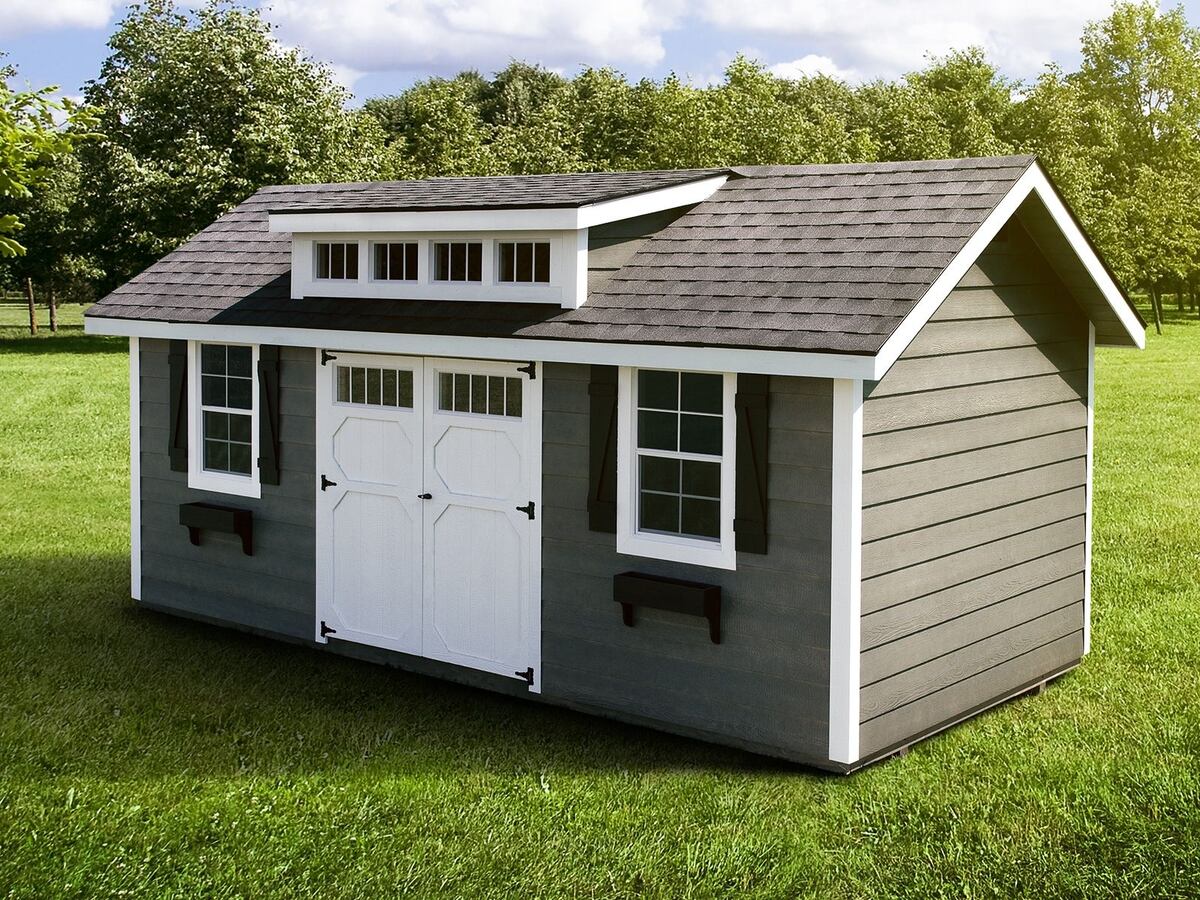
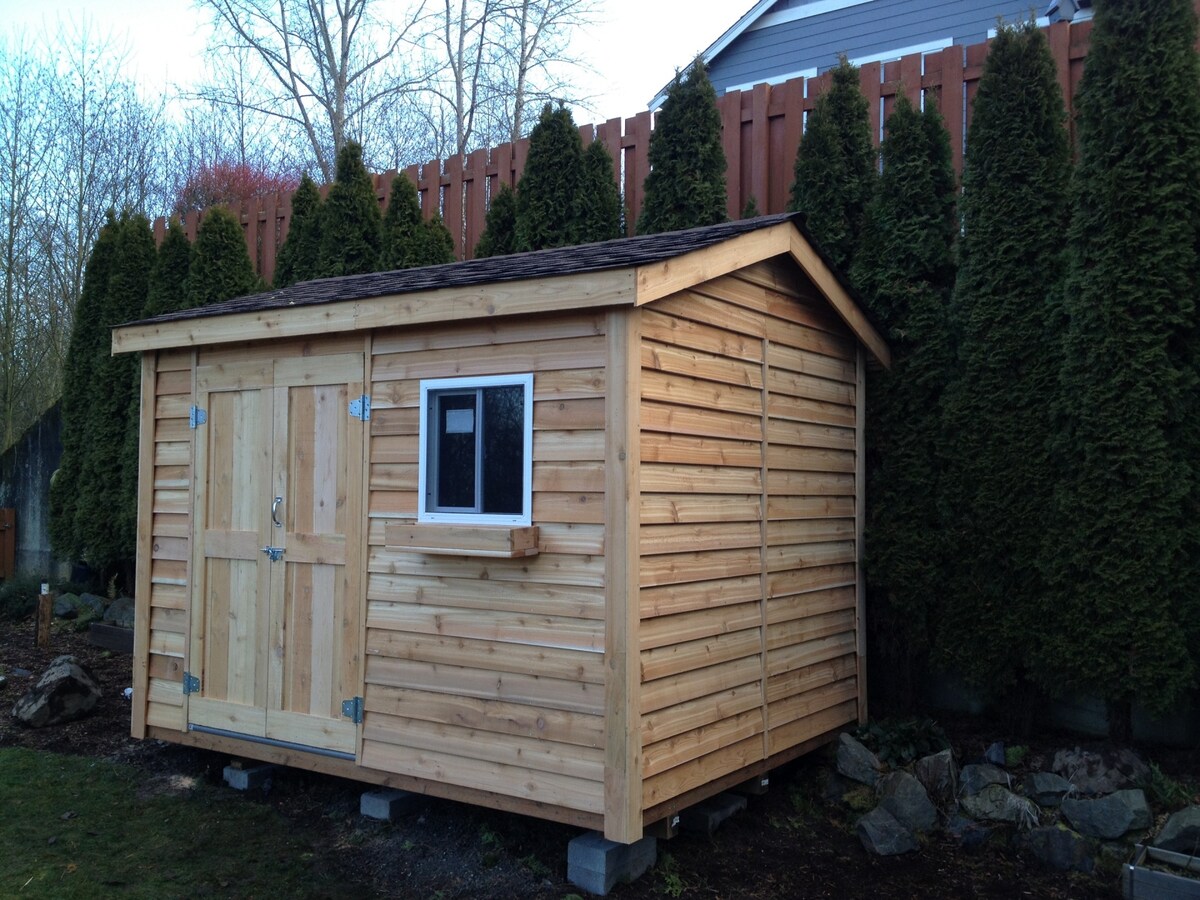
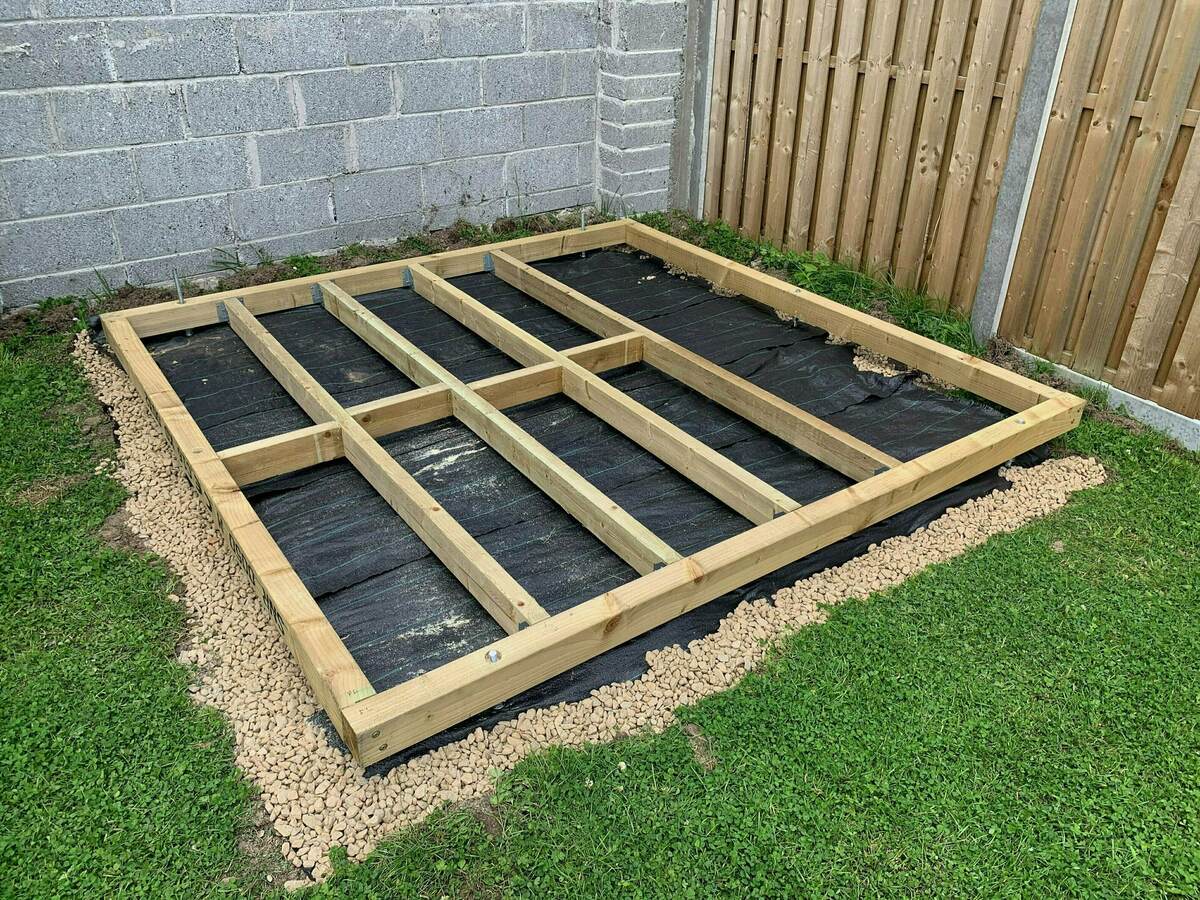
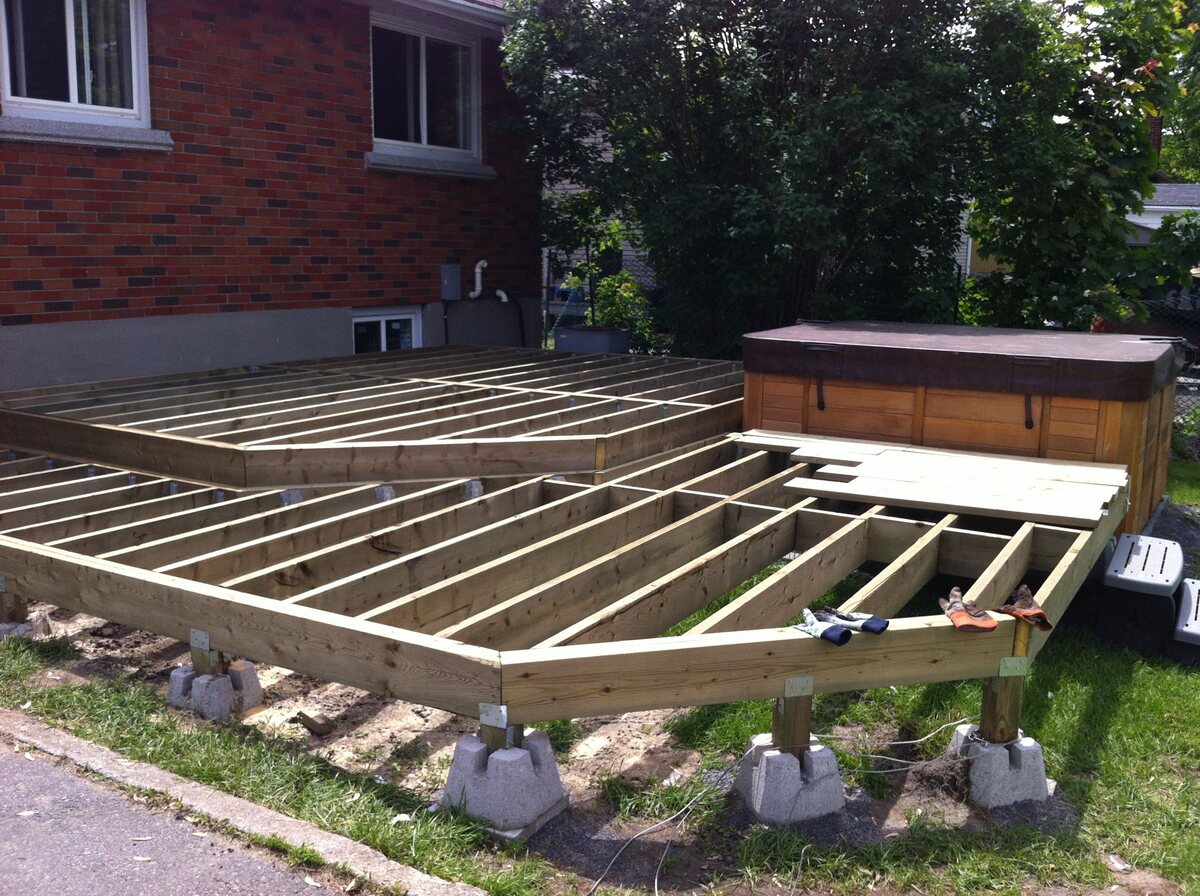
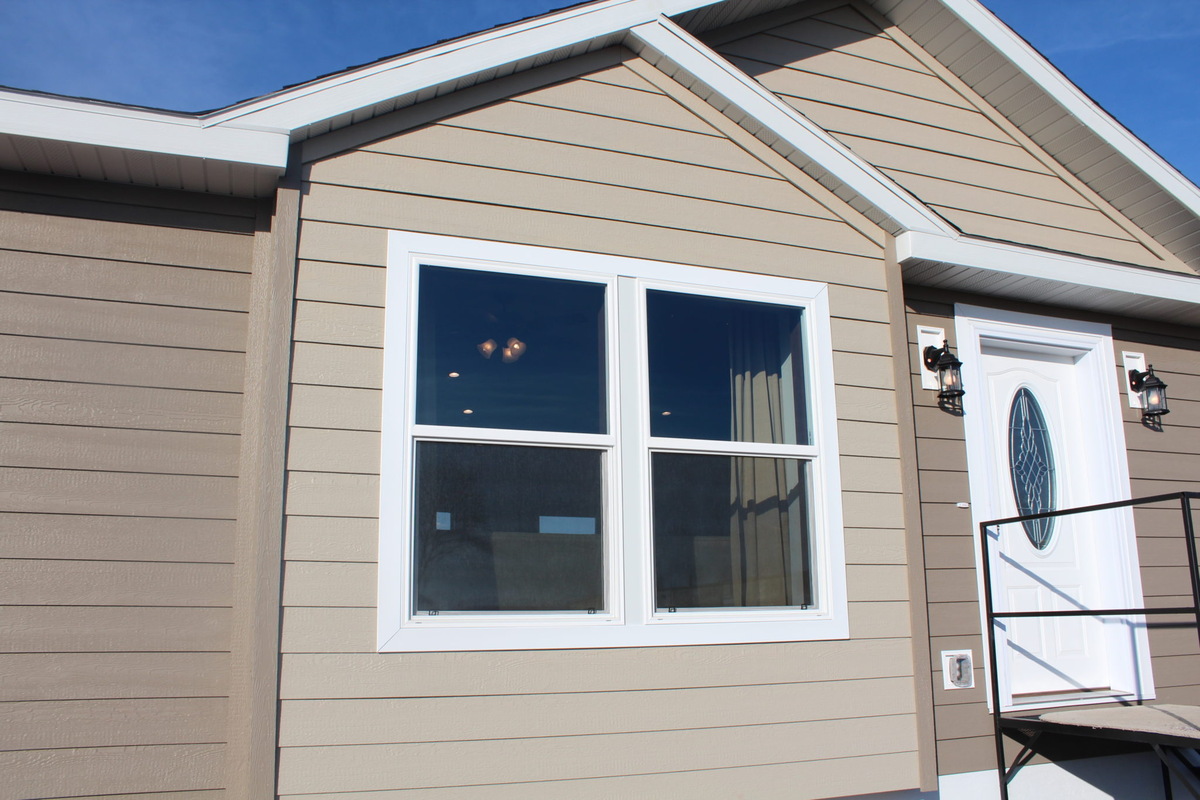

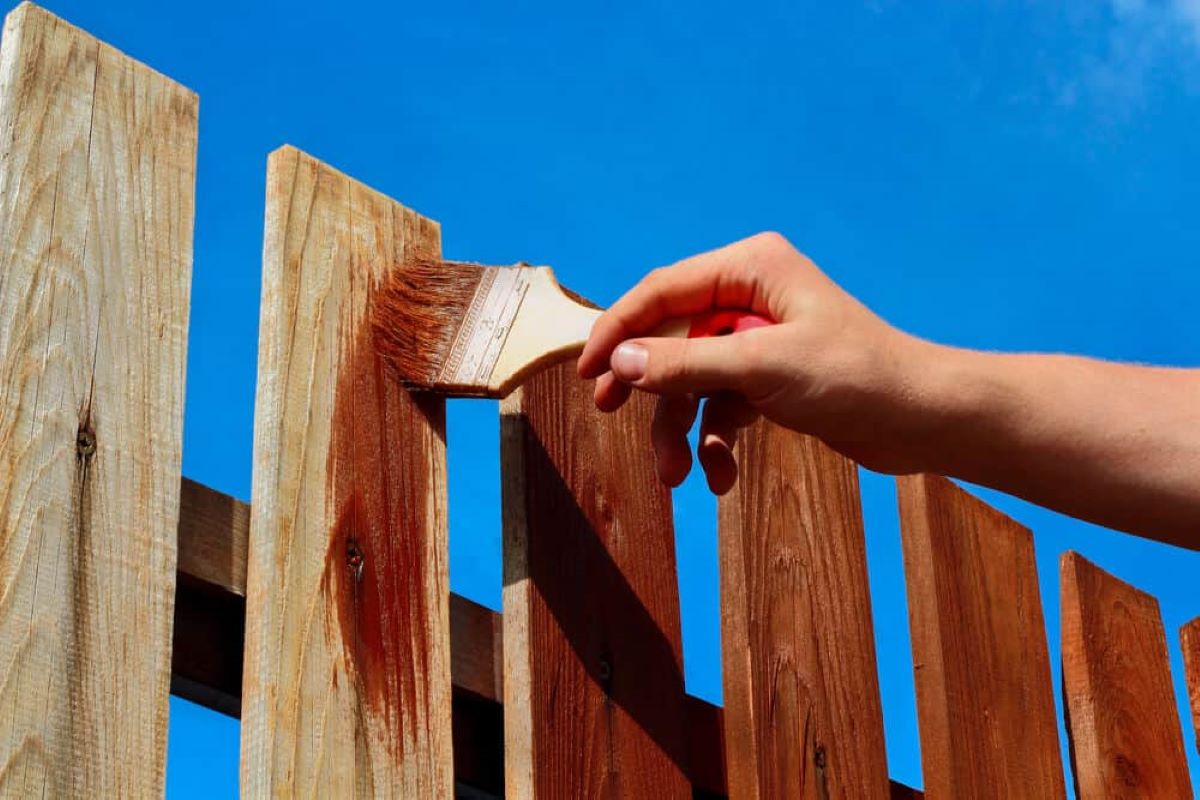

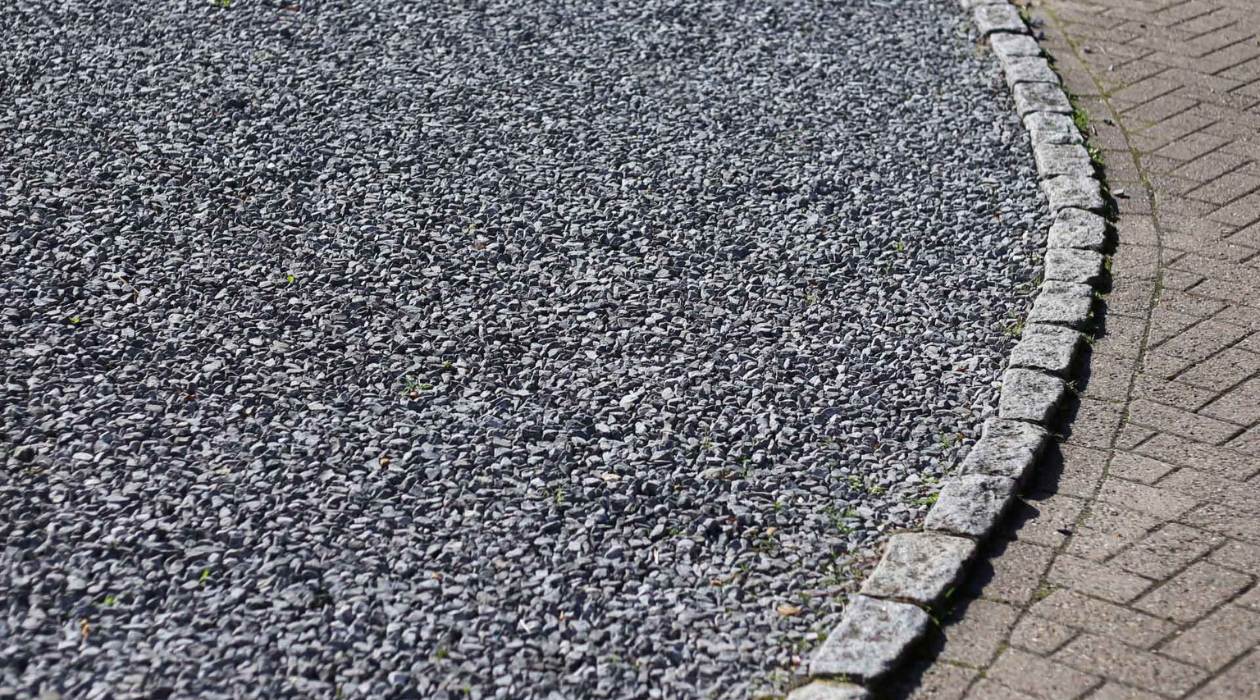
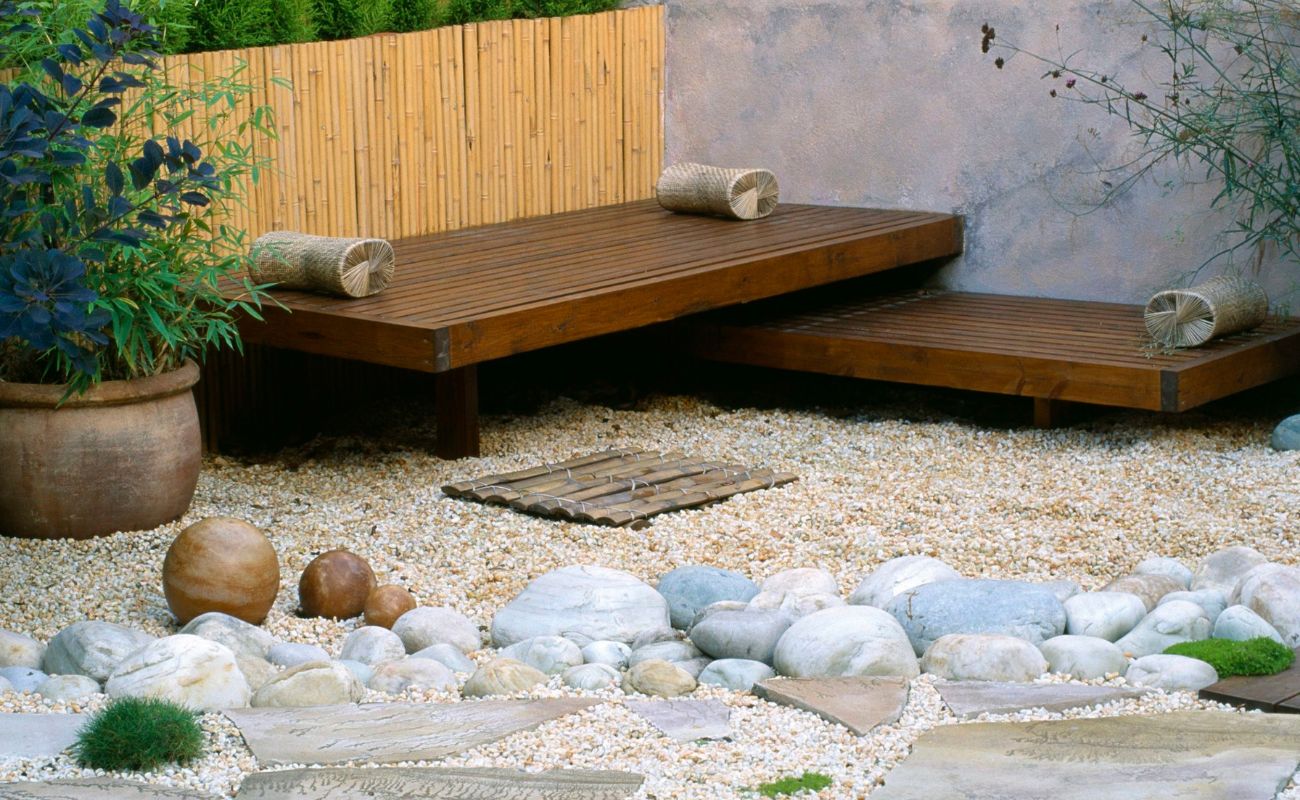
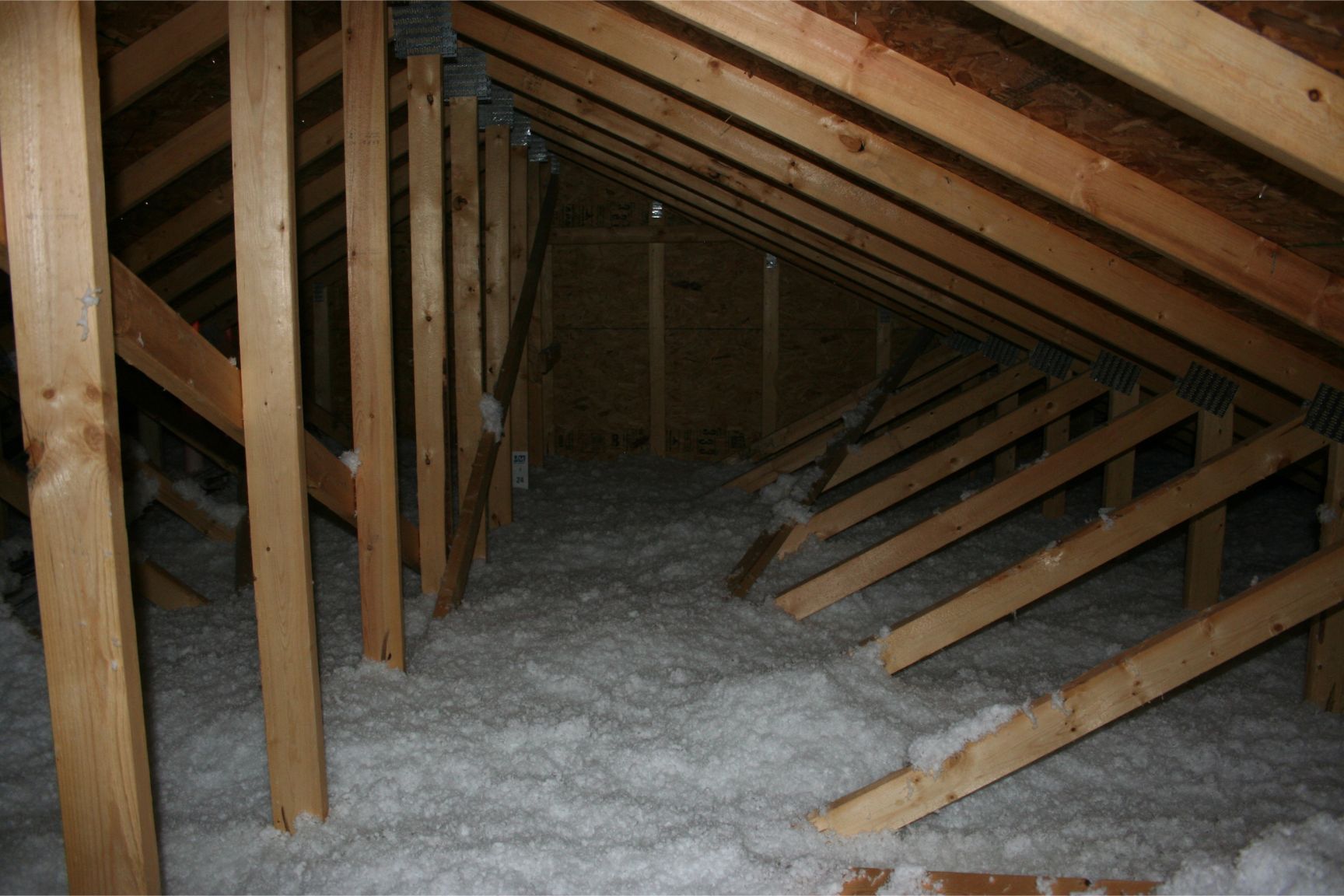
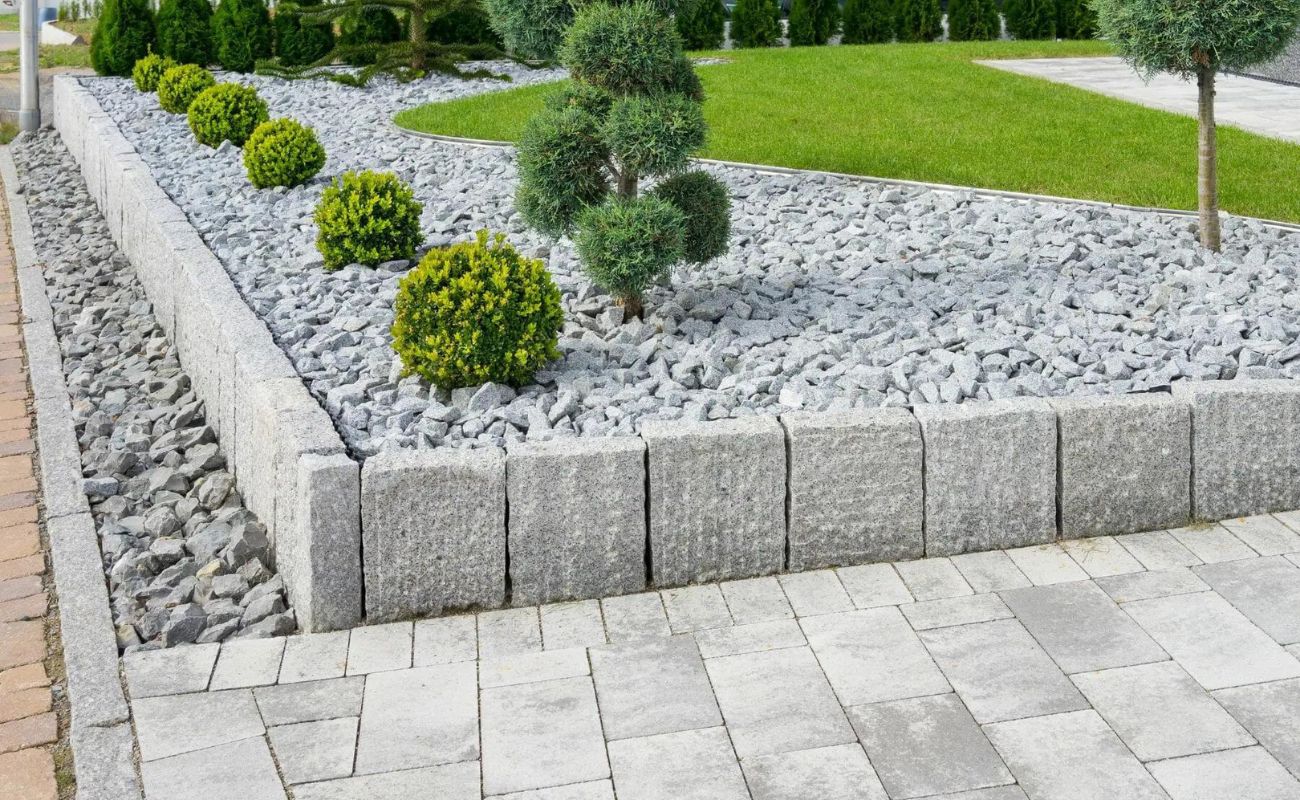

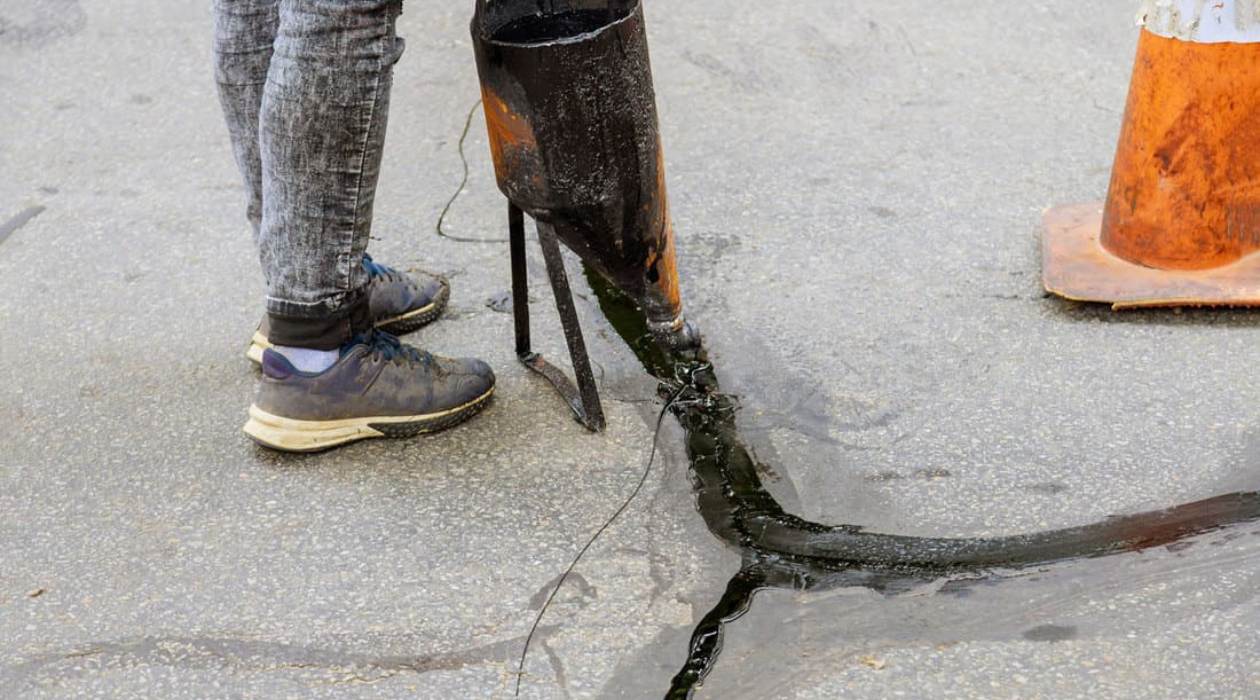
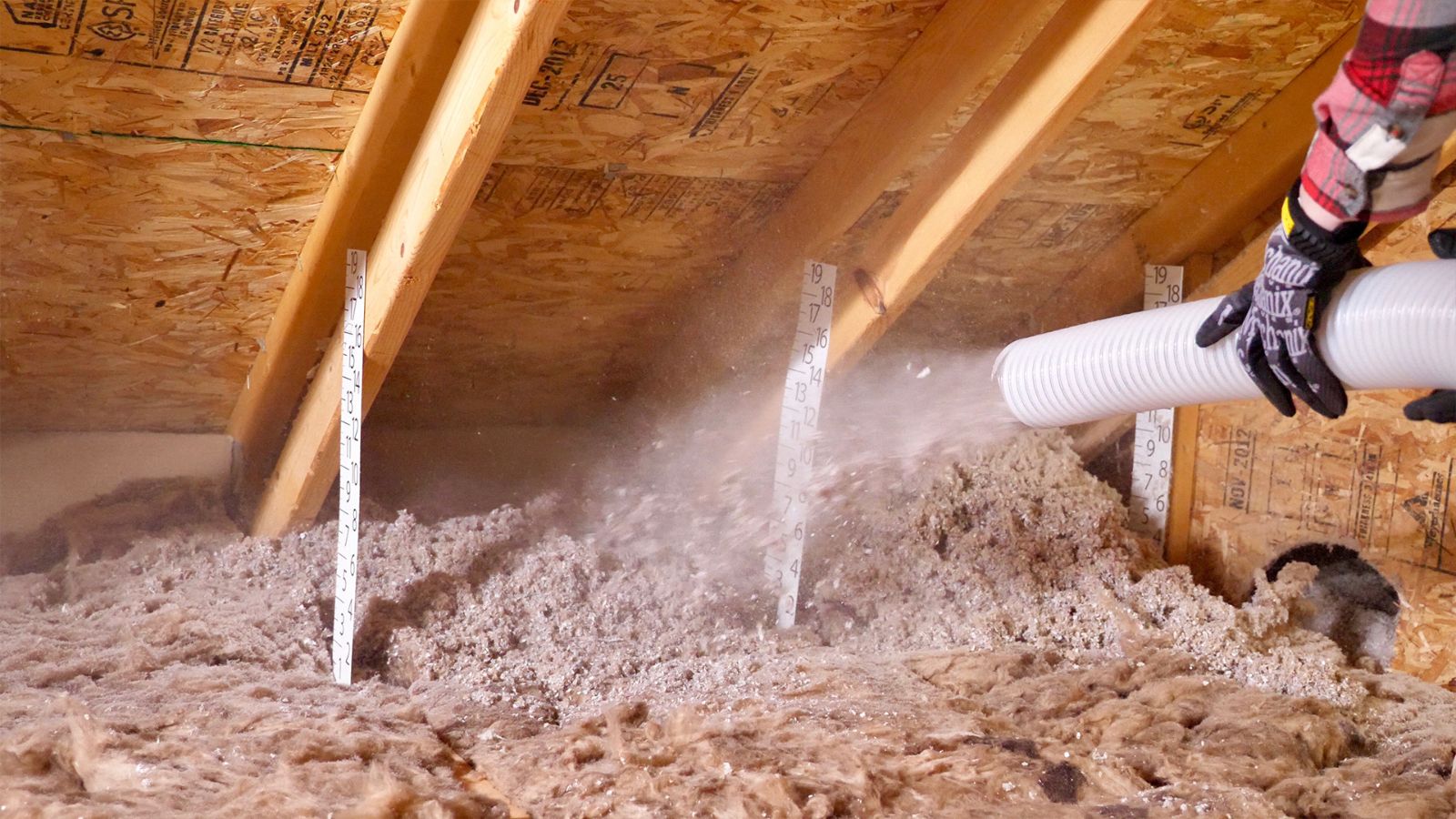

0 thoughts on “How Much Concrete Do I Need For A Shed Base”